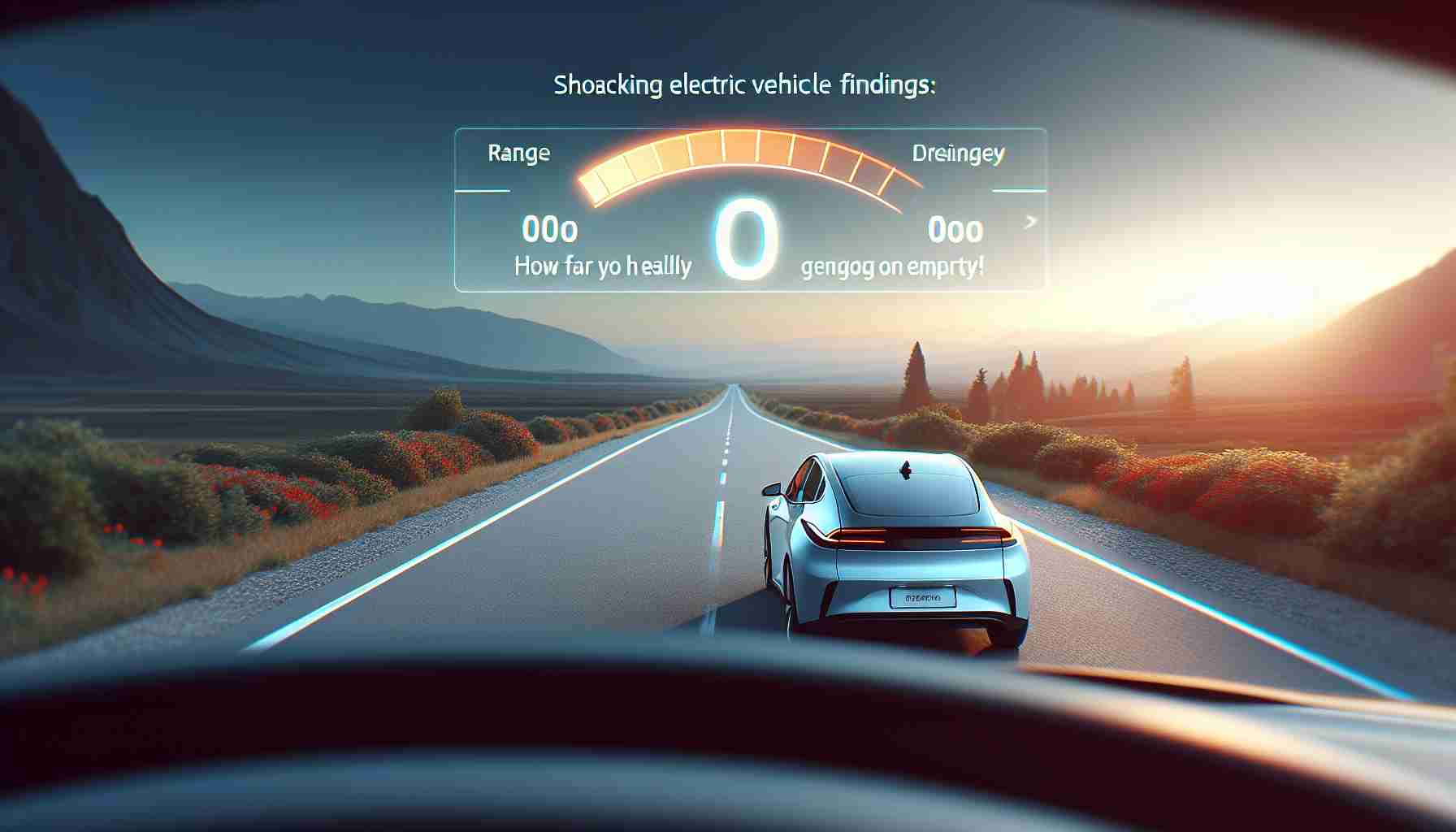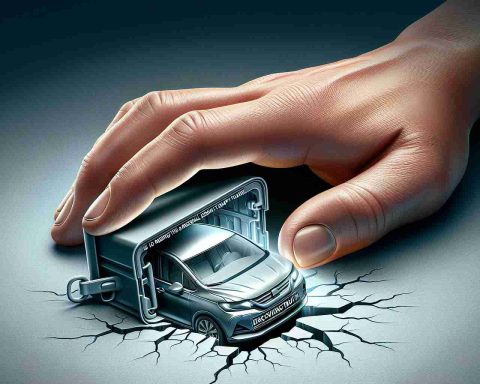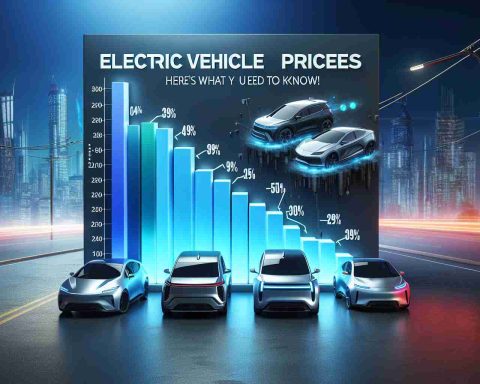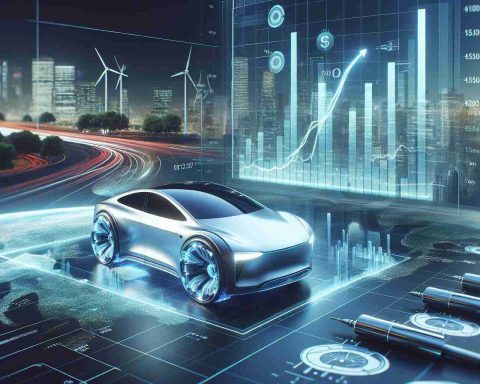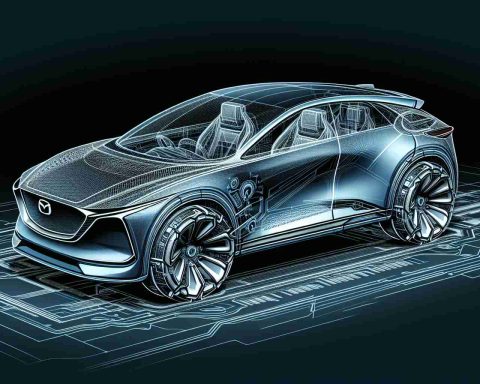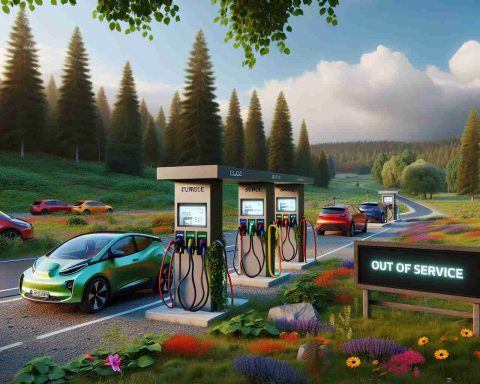- The CAA’s winter test assessed the real-world range of various electric vehicles beyond their displayed limits.
- Ten electric vehicles tested from Ottawa to Mont-Tremblant under controlled conditions to measure endurance.
- The 2024 Chevrolet Silverado EV and 2025 Honda Prologue excelled, exceeding their range by 28 km.
- Other strong performers included the Tesla Model 3 and Ford Mustang Mach-E, surpassing displayed ranges by 25 km.
- Less impressive results were seen with the Volkswagen ID.4 and Volvo XC40 Recharge, which only managed to extend their range by 5 km and 4 km, respectively.
- The Kia Niro EV impressed by adding 19 km to its range, showing smaller vehicles can also perform well.
- This study raises questions about the accuracy of manufacturer’s range estimations in electric vehicles.
Ever found yourself worried about running out of juice in your electric vehicle? The CAA conducted a captivating winter test to unravel this mystery, revealing surprising insights into the real range of various models after the battery hits the dreaded “0 km” mark.
On a chilly February day, ten electric vehicles embarked on a standardized journey from downtown Ottawa to Mont-Tremblant. Each car faced strict criteria—temperature set to a cozy 21°C, no heated seats or steering wheels, and a careful eye on speed limits. This meant there was no skimping on comfort; they were given a true test of endurance.
What did the results show? The 2024 Chevrolet Silverado EV and 2025 Honda Prologue took the crown, driving an astonishing 28 kilometres past their displayed range. Meanwhile, the snazzy Tesla Model 3 and Ford Mustang Mach-E managed a commendable 25 kilometres, turning “empty” into an extended adventure.
But not all vehicles shone as brightly: the 2024 Volkswagen ID.4 and Volvo XC40 Recharge only nudged 5 and 4 kilometres beyond the limit. Surprisingly, the Kia Niro EV managed to forge ahead by 19 kilometres, proving that even small vehicles can pack a punch when it comes to range resilience.
While these findings might tempt drivers to push boundaries, they raise a critical question: Is this extra distance a feat of engineering or merely a sign that manufacturers need to recalibrate their range estimations? As electric vehicles evolve, understanding their limits and capabilities becomes more vital than ever. Always stay charged and informed!
Unlocking the Secrets of Electric Vehicle Range: What You Need to Know!
Understanding Real Range and Manufacturer Estimates in Electric Vehicles
Recent tests conducted by the CAA (Canadian Automobile Association) have brought to light the true capabilities of electric vehicles (EVs) once they hit the zero range mark, revealing interesting discrepancies between manufacturer estimates and real-world performance. This research is crucial as it helps consumers make informed decisions and better understand the limits of their electric vehicles.
# Insights from the Winter Range Test
In a carefully controlled winter test, ten different electric vehicle models were evaluated under standardized conditions. The test included:
– Temperature Regulation: Vehicles were set to a comfortable interior temperature of 21°C.
– Heating Restrictions: No heated seats or steering wheels were allowed.
– Speed Compliance: Drivers adhered strictly to speed limits, ensuring safety and realism in everyday driving scenarios.
# Key Findings
1. Top Performers:
– The 2024 Chevrolet Silverado EV and the 2025 Honda Prologue outperformed expectations, traveling an additional 28 kilometers beyond their displayed range.
– The Tesla Model 3 and Ford Mustang Mach-E also showed commendable performance, achieving an extra 25 kilometers.
2. Moderate Performers:
– The Kia Niro EV exceeded its limit by 19 kilometers, proving that compact models can still deliver impressive range.
3. Underperformers:
– The 2024 Volkswagen ID.4 and Volvo XC40 Recharge only managed to travel an additional 5 and 4 kilometers, indicating that some cars may fall short of their advertised capabilities under real-world conditions.
Pros and Cons of Relying on Manufacturer Range Estimates
– Pros:
– Provides a baseline for customers to assess vehicle performance.
– Helps in understanding vehicle efficiency and potential savings.
– Cons:
– Often overly optimistic, not accounting for real-world usage conditions.
– May lead to consumer disappointment if the expectations are not met.
Market Trends and Innovations
– Battery Technology Improvements: Evolving battery technologies promise extended ranges and faster charging times. Innovations in solid-state batteries could revolutionize current limitations.
– Regenerative Braking Systems: Many new EVs feature advanced regenerative braking systems that enhance efficiency and extend range.
Important Questions About Electric Vehicle Ranges
1. Why do some electric vehicles exceed their estimated range significantly?
The variation in range performance can be attributed to several factors, including vehicle weight, aerodynamics, battery technology, and even driving habits. Additionally, temperature, terrain, and maintenance also play vital roles.
2. What are the implications of this range discrepancy for consumers?
Understanding that electric vehicles can often exceed the displayed range may give consumers more confidence in their ability to use their EVs for longer trips than initially thought. However, it also emphasizes the need to plan charging strategies and be prepared for potential variations.
3. How can EV owners maximize their vehicle’s range?
To maximize range, EV owners can:
– Avoid excessive use of climate control features.
– Drive at steady speeds and anticipate traffic flow.
– Ensure proper tire inflation and regular maintenance checks.
Conclusion
As electric vehicle technology continues to advance, understanding the real capabilities of these vehicles is paramount. Testing conducted by organizations like the CAA provides critical insights into how various models perform under real-world conditions, empowering consumers to make savvy automotive choices.
For further insights on electric vehicles, trends, and innovations, visit CAA’s official website.
